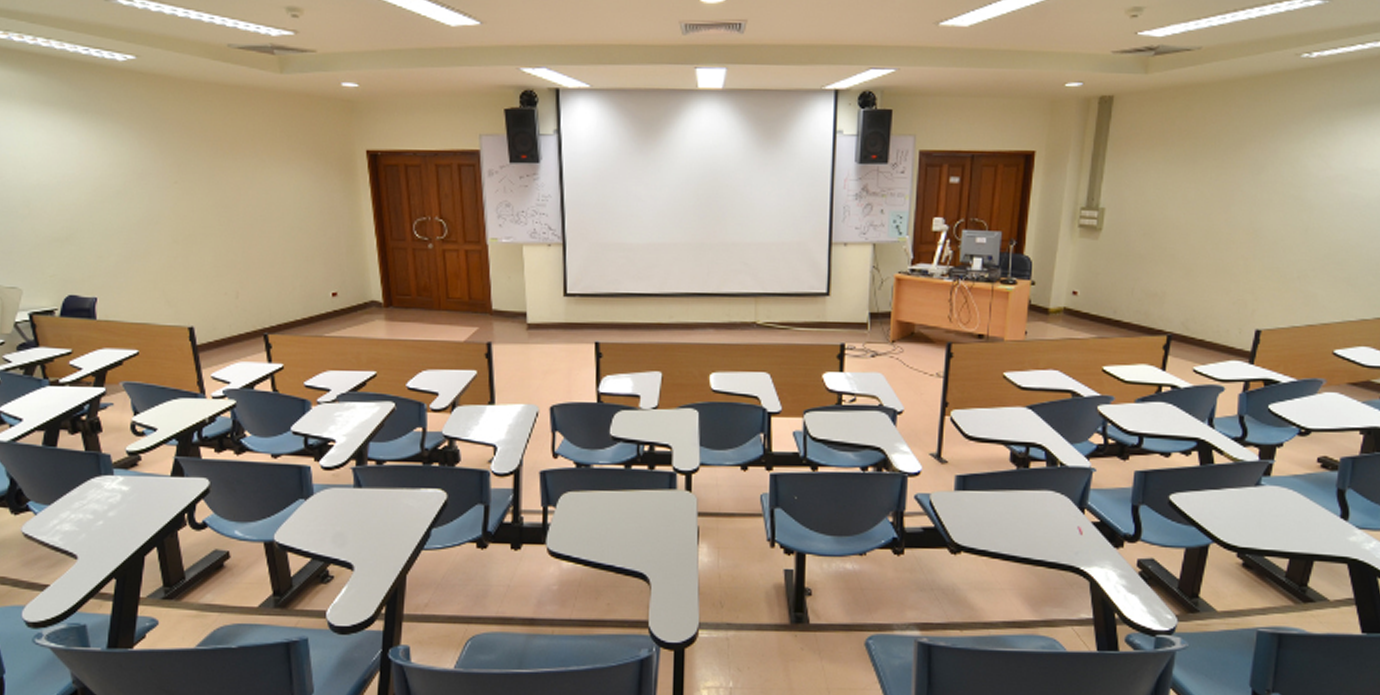American Sign Language interpreters serve as essential conduits between the Deaf community and the wider world. However, a looming shortage (caused by a multitude of events) threatens to impede this vital communication bridge. The situation, already concerning, is set to intensify with the 2025 registration requirement and combined with challenges brought on by the COVID-19 pandemic, the demand for qualified ASL interpreters has never been more pronounced. Finding a solution takes the power of our many communities to band together and work as one.
The 2025 Registration Requirement
In 2025, a new registration requirement will take effect, designed to standardize and uphold the quality of interpretation services. While such measures are invaluable in ensuring that ASL interpreters meet a specific standard of proficiency and professionalism, there is a growing unease about the potential consequences. There’s a palpable fear that this new requirement could deter potential entrants to the profession or sideline existing interpreters, thereby exacerbating the shortage.
More Than Just Numbers: The Quest for the “Right” Interpreter
Finding a suitable ASL interpreter is not a mere numbers game. It’s a complex puzzle, intricately linked to individual needs, situations, and contexts. Every Deaf individual has unique communication preferences, and what works seamlessly for one might be less than ideal for another. The nuances of interpretation in educational settings differ vastly from those in medical or legal contexts. Thus, having a rich pool of specialized interpreters is vital to cater to these diverse requirements.
The Unanticipated Strain of the Pandemic
When the world came to a near standstill due to the COVID-19 pandemic, few could foresee the ripple effects on the Deaf community. Essential face-to-face interactions, the cornerstone of many Deaf individuals’ daily lives, became fraught with challenges. Restrictions, while critical for containing the virus, inadvertently erected barriers to communication. Moreover, health concerns and logistical issues meant that many interpreters were unavailable or less accessible, adding another layer of complexity to an already strained scenario.
Embracing a Solution:
In this gloomy backdrop, technology emerged as a beacon of hope. Virtual interpreters, accessible through digital platforms, have changed the landscape of ASL interpretation. No longer bound by geographical constraints, Deaf individuals can now connect with interpreters worldwide, ensuring that their communication needs are met promptly. This digital revolution has not only mitigated some of the challenges of the interpreter shortage but has also democratized access to quality interpretation services.
This is an incredible technology that was being underutilized until the recent initiative by the FCC.
We believe that this initiative by the FCC is a great sign of the current mindset of their administration. Providing services like these help the Deaf community more than anything else.
Building a More Inclusive Future: Steps Forward
To navigate the current challenges and pave the way for a brighter, more inclusive future, concerted efforts from all quarters of society are crucial.
- Amplify Public Education Initiatives: A significant portion of the hearing community remains uninformed about the importance of ASL interpreters and the challenges the Deaf community faces. Grassroots campaigns, public seminars, and targeted outreach can raise collective consciousness.
- Champion ASL in Educational Settings: Introducing ASL as a part of school curriculums can cultivate interest and respect for the language from a young age. The ripple effect could see more students considering a career in ASL interpretation, thus bolstering the profession’s ranks.
- Invest in Technological Solutions: While virtual interpreters offer a promising solution, continued investment in technology is essential. Improving platform reliability, accessibility, and user experience can ensure that Deaf individuals, regardless of their tech proficiency, can benefit from these services.
- Engage the Deaf Community: Directly engaging the Deaf community in discussions about their needs and challenges can provide invaluable insights. Their feedback can guide training programs, technology development, and policy decisions, ensuring solutions are tailored to real-world needs.
The current ASL interpreter shortage underscores a broader societal issue—ensuring inclusivity and unhindered communication for all. By amplifying awareness, championing education, and harnessing technology, we can not only address the immediate challenges but also lay the foundation for a more inclusive and understanding society. The task might be daunting, but with collective effort, a world where communication barriers are a relic of the past is within reach.
First published on November 11, 2023.
Learn More About Gateway
Gateway connects people to their worlds and aids individuals in their ability to understand and to be understood. Gateway has grown into an organization that serves more than 4,000 children and adults every year, helping them communicate more effectively. With programming both on our Baltimore campus and through community-based programming, we provide education, access, and medical support to anyone who needs it.
We envision a society where everyone can understand and be understood and where everyone is treated with integrity, compassion, and equity. Join us.



